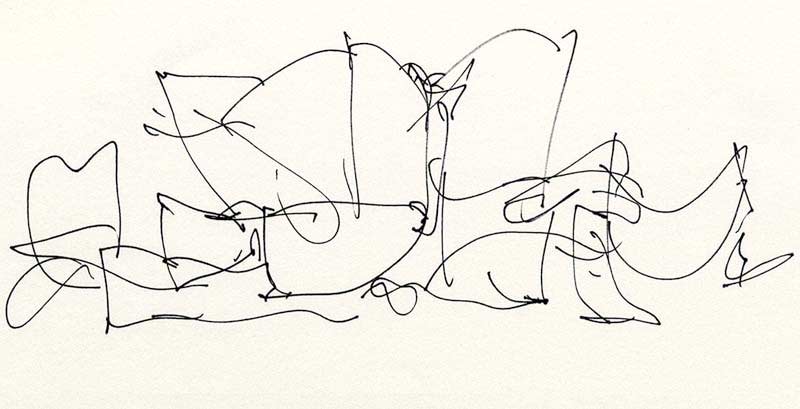
These drawings look like they could have been made by anyone—a child scribbling just for fun, an employee doodling during a staff meeting—but they’re not.
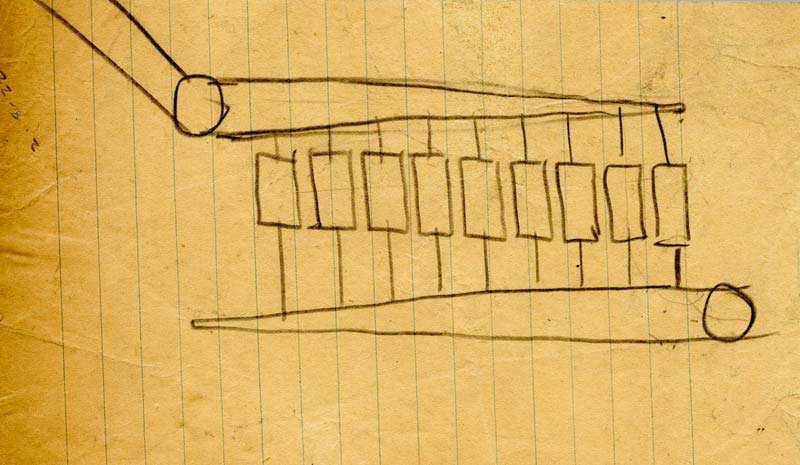
Extraordinary ideas can start with ordinary drawings. Brilliant thinkers use drawing as a tool for solving problems and conveying ideas. Can you guess who made the drawings shown above?
On a chilly February morning in 1922, at 2:00 a.m. Thomas Edison reached for a scrap of notebook paper. The prolific inventor sketched a series of rectangles surrounded by vertical and angled lines. The simplistic drawing, shown above, captured specific details from his thoughts on pipe configurations for his Edison Chemical Factory. For Thomas Edison, this was all in a day’s work. Credited with 2,332 patents worldwide, including the incandescent light bulb, Edison often used drawing to express complex ideas that swirled in his inventive mind.
We have all used basic drawing skills, not much different than Edison’s, to solve everyday problems. Whether we are sketching an organizational chart for coworkers or ideas for our dream house, drawing is an important tool for showing other people—and ourselves—what’s on our minds. Studying sketches by wildly inventive people shows us that even our innate childhood drawing skills—oftentimes mere scribbles—can be put to work in highly productive ways.
Every Doodle is Worth Keeping
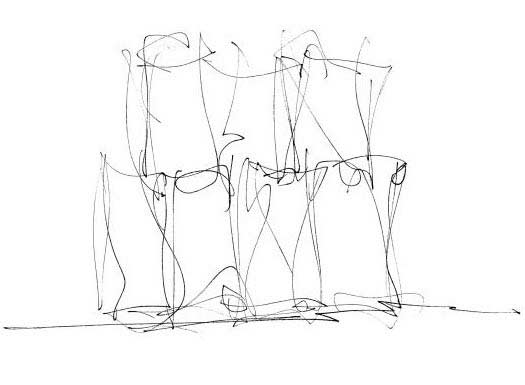
Primi pensieri—or sketching the very first thought—is an Italian term that Renaissance artists and architects took seriously. In modern times, the sketches of architect Frank Gehry epitomize primi pensieri. Gehry’s fluid scribbles display his ability to illuminate the concept of an entire building with a few gestural strokes of a pen. Gehry’s primi pensieri for the IAC Building, shown above, displays his agile imagination at work. (To compare the sketch to the finished building click here.) The sketch for his iconic architectural masterpiece, the Walt Disney Concert Hall, shown at the top of this blog post, makes one wonder what Frank Gehry’s childhood drawings must have looked like!
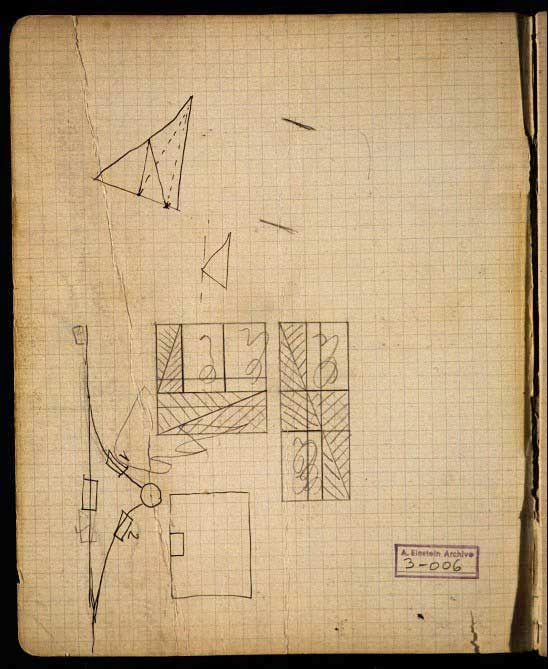
Brilliant thinkers use sketchbooks or notebooks to seize and organize elusive moments of genius, pretty much the way you and I did homework in geometry class. On Albert Einstein’s cluttered desk at work, there was always paper and pencil nearby. As he prepared his notes for lectures on Relativity, shown above, Einstein knew the importance of capturing ideas and solutions the moment they arose. He also knew the importance of studying visual notes penned by other great minds that came before him in history.
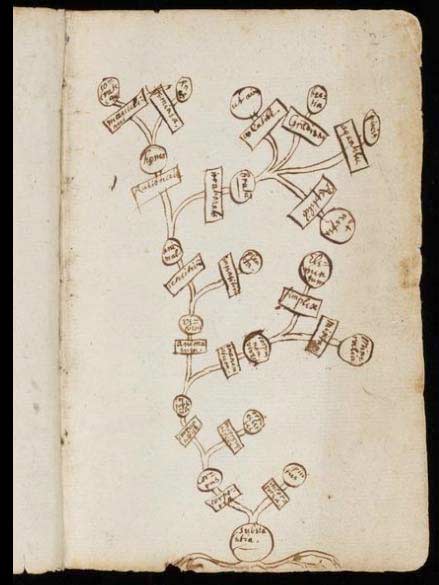
Mind mapping has been used for centuries as a way to draw out and organize key thoughts. In the late 15th century, as physicist Isaac Newton was busy connecting the dots on the laws of universal gravitation and planetary motion, he knew the importance of drawing out his thoughts, as shown above. Nowadays, millions of workers such as scientists, website designers, and project managers understand the logic behind using drawing to organize ideas. Just think of the fun Newton would have had with an iPad and iPhone.
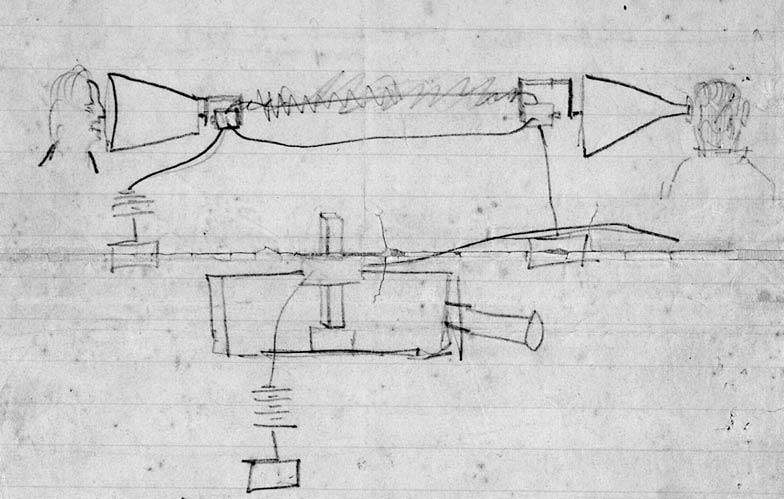
Imagine having to explain your revolutionary new invention to people who have never seen anything like it. You’d probably show them how it works by quickly sketching it, not even worrying about your technical drawing skills. In 1876, Alexander Graham Bell put his drawing skills to work in unveiling his new invention called the telephone. Simple diagrams effectively communicate his ideas.
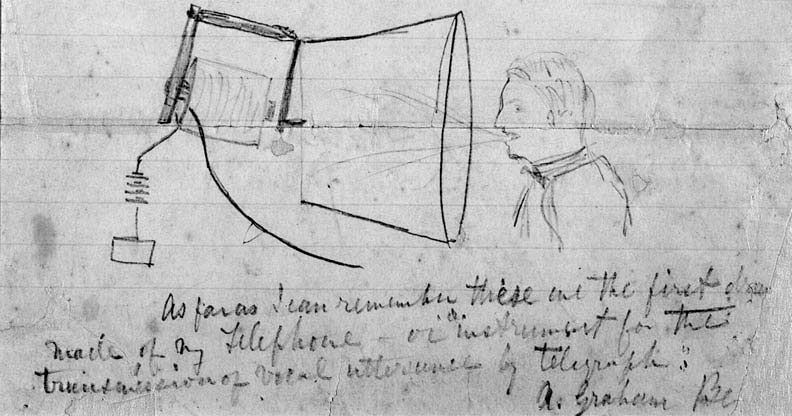
It’s interesting how he emphasized the human element in his sketches. Notice the delicate care in rendering the faces compared to the other technical details. A particularly well-placed bow tie, shown above, reveals the hand of an ingeniously inventive man who enjoyed being an amateur sketcher.
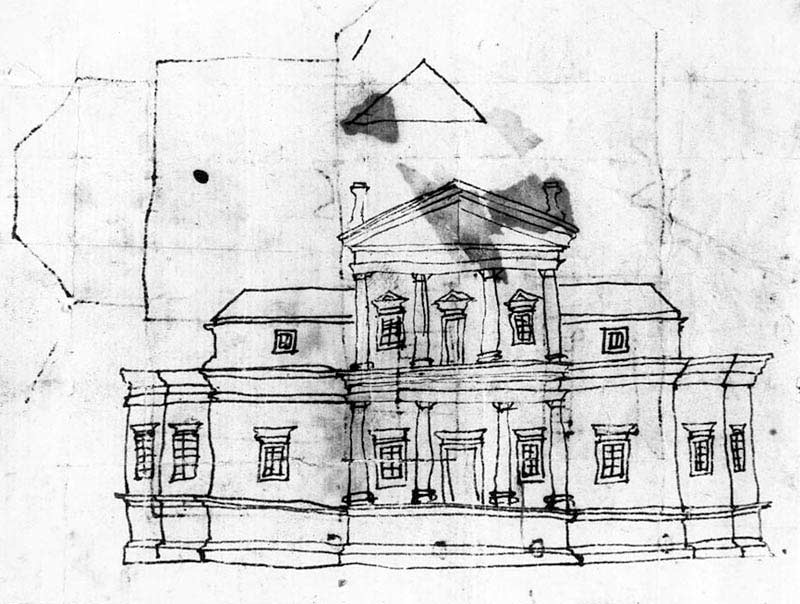
Children go through a stage of using simple shapes to draw their house, as demonstrated by drawings proudly posted on millions of refrigerators around the world. Thomas Jefferson developed his childhood drawing skills and put them to good use as he sketched his dream house, shown above, later built at Monticello. Today we use magazines and Pinterest to find ideas for our dream house, but ultimately it comes down to the childlike joy of sketching simple shapes for where the windows and doors will need to go.
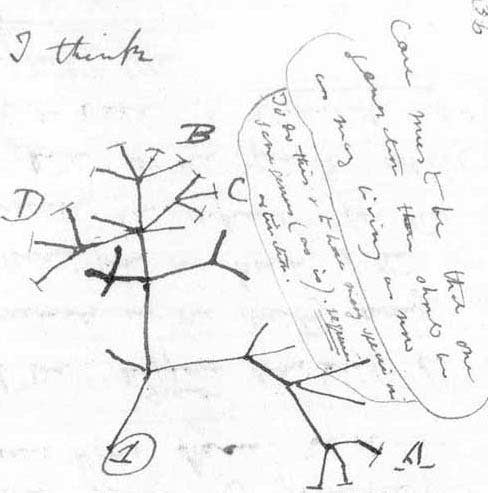
In July of 1859, naturalist and biologist Charles Darwin began a journal entry by writing the words “I think”, but abruptly shifts to drawing to explain the basis for his theory of evolution. He sketched angled lines branching out in all directions to illustrate the emergence, change, and disappearance of species—not unlike how ideas evolve in our everyday lives. Complexity oftentimes escapes words.
Drawing is a tool we use to visualize, philosophize, theorize, and of course, to capture our dreams. We know this as children, but often have to relearn it as we become productive adults. We are organized by drawing.
We think, therefore we draw.
Rob Court
Latest posts by Rob Court (see all)
- Drawing With Friends - April 11, 2022
- Frozen in Time: Cellphone Users as Models to Draw - April 8, 2022
- Getting Out & Getting Real - June 20, 2021
- Life Lines: Sketching the Unseen World of Movement - June 20, 2021
- The Ups & Downs of Urban Sketching - May 9, 2021